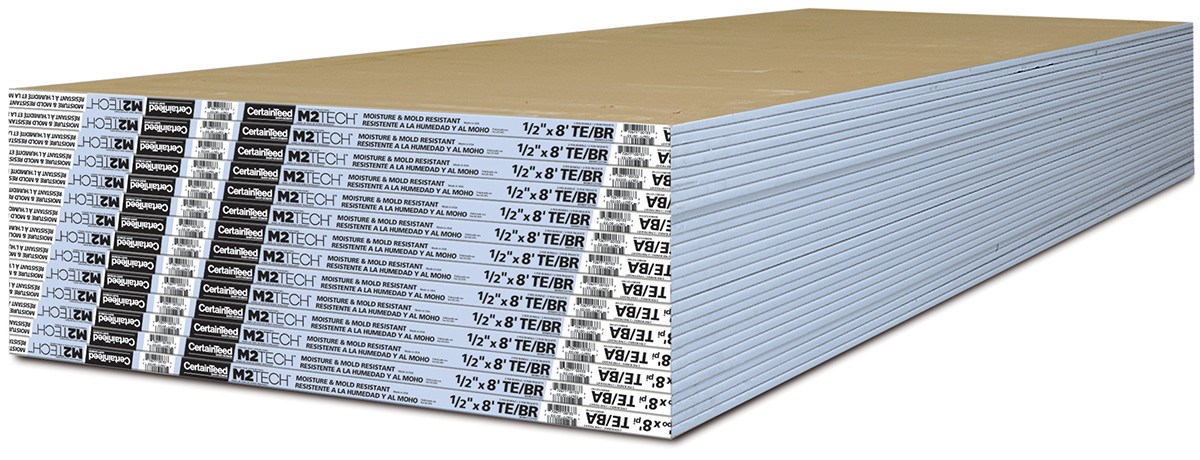Questions & Answers About Mold-Resistant Drywall

Standard drywall is a tremendously useful product. It has been used in millions of structures all across the country for a reason – it is a reliable, cost-effective, durable construction material. With that said, it is not perfect. Standard drywall is susceptible to taking on moisture, which can quickly lead to mold problems. If you are concerned about the development of mold in your home, using mold-resistant drywall is a smart move.
Before you decide to go in this direction, you may have a few questions about mold and moisture-resistant drywall. With any luck, the questions and answers below will address some of your concerns.
What Makes This Product Mold-Resistant?
As you are probably aware, traditional drywall has paper on both sides. That paper is the usual culprit when it comes to taking up water, and the water that is soaked up by the paper is where the mold will begin to grow. With mold-resistant drywall, the paper is not used. That means it is hard for water to move into the board, and mold has a much harder time developing.
What is the Difference in Cost?
This is an important question to be sure. If the cost of mold-resistant drywall were too much higher than a traditional piece of drywall, it wouldn’t be feasible for use on most projects. Fortunately, there is not a big jump in price between the two products. Yes, mold-resistant board is more expensive, but not dramatically so. In most cases, it will be a few dollars per sheet more costly than traditional drywall. When being used in an area which is likely to be exposed to moisture, the additional investment makes a lot of sense.
Should It Be Used Throughout the Home?
Not necessarily. While you can use mold-resistant drywall anywhere you would use traditional drywall, this is a product which is specifically going to benefit the homeowner in places where moisture will be present. Of course, that list starts with the bathroom. Also, the kitchen is going to have a moist environment at some times, as will the basement. While those locations are great places to start, it is important to consider the specifics of your home when making this decision. For instance, if you live in an older home and parts of the home tend to become damp and cool, you may want to replace the drywall in those areas with a moisture-resistant product.
Mold-resistant drywall is a minor step you can take when working on a construction project, but it can pay off in a big way down the line. Not only would it be expensive to have to replace all of your drywall, you also don’t want to deal with the negative health consequences that can come along with having mold develop in your home. As long as you can fit the slight cost increase in your budget, there is a lot to like about using mold-resistant drywall in the vulnerable areas of your home.
